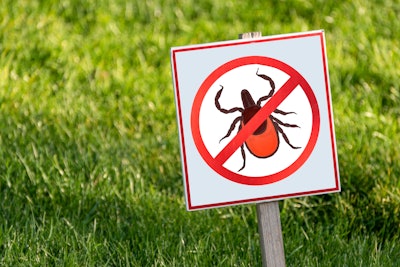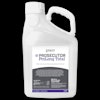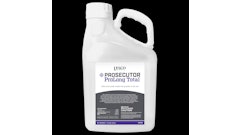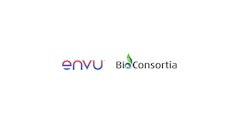
In a study of more than 1,000 pest control company employees, general managers, owners, and operations managers, the FieldRoutes annual State of the Industry Report reveals that a staggering 89 percent of businesses are grappling with rising material and equipment costs — putting serious pressure on profitability. Despite this, adoption of digital tools that can drive efficiency and growth remains uneven across the industry.
“Digital tools have the power to transform pest control businesses by driving efficiency, improving margins, and giving contractors the edge they need in this competitive market,” said Dylan Henryson, General Manager of Pest and Lawn at FieldRoutes. “While our industry has historically been slower to adopt technology solutions and AI, that’s changing fast. With rising operational costs and continued labor shortages, embracing technology is no longer just a best practice, it’s essential to protecting profits and staying ahead in the market.”
Material Costs Climb While Margins Shrink
With more than one-third (35 percent) of pest control businesses citing a potential recession as a major threat to achieving goals this year, a 15 percent increase from 2024, leaders are cautiously optimistic. Thirty-five percent expect the market to improve this year, 43 percent expect the market to stay the same and 23 percent expect it to worsen. At the same time, concerns around material and product costs, material availability, and maintaining profitable margins rank highest as the biggest risks to meeting goals. Notably, the number of respondents who ranked maintaining profitable margins as a top goal increased by 18 percent compared to 2024, underscoring growing anxiety about the broader economic outlook. Still, some indicators suggest early signs of improvement and stability. Forty-four percent of companies reported decreases in lead times, signaling possible improvements across the supply chain despite ongoing uncertainty.
Retaining Employees, Customer Experience
As pest control businesses combat economic uncertainty, leaders are prioritizing workforce retention and customer experience as key differentiators. Reflecting this, pest control leaders ranked growing revenue, retaining existing customers, and acquiring new customers as the top three business goals this year. Building strong customer relationships and guaranteeing an excellent overall experience remains vital to continued business growth and success and a key part of strategy with repeat customers and referrals listed as top revenue sources.
In tandem, strengthening a company’s workforce with dependable staff fosters trust and loyalty amongst customers, positively impacting quality and reputation. As a result, investments in additional headcount, recruitment and hiring, and office expansion remain top priorities for pest leaders this year. Companies with long-time employees often have higher customer satisfaction, incentivizing leaders to offer competitive pay for employees. As such, this year 89% plan to increase wages for technicians, and the majority do for office staff and sales representatives as well. Attractive compensation packages, combined with access to digital tools to lessen time-consuming back-office tasks, are critical for increasing staff retention and elevating the overall customer experience.
Technology Investments are Crucial for Growth
Technology is unlocking new efficiency across the pest control industry by helping support leaders with day-to-day operations and streamlining workflows. According to the survey, most pest businesses rely on software for accounting, electronic payments, payroll processing, and time tracking while adoption was more split for other areas of the business. While only 20% of respondents plan to invest in new software and technology this year, these businesses are prioritizing all-in-one business management solutions (66%), product features and functionality (66%), integrations to existing systems (54%), and price (46%) as top decision-drivers. The biggest reasons for respondents looking to switch technology providers are increasing operational efficiency, automating workflows, increasing gross margins, and scaling the business, highlighting an increased focus on lean growth this year.
Over the next 1-3 years, pest control leaders believe artificial intelligence, marketing automation, property intelligence, and data analytics will be the most helpful for their business. Despite this, investments in AI remain low with only 20% planning to introduce AI into their business this year. Of those adopting AI, business leaders believe it could have the largest impact on their marketing, field operations, and sales.
The full findings and key takeaways can be downloaded here.


















